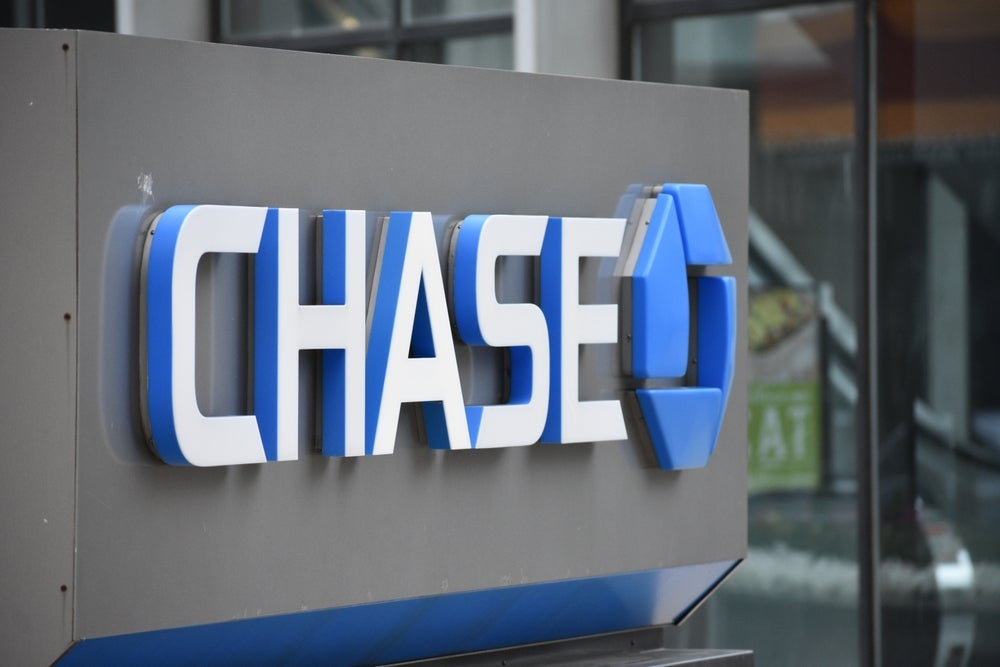As digital channels continue to rise in popularity, digital marketing has grown with it. But according to a new report from Efma and Wipro marketing on social media has slowed. Billy Bambrough takes a closer look at the Global Retail Banking Digital Marketing Report
The digital marketing report study from Efma and Wipro Technologies sets out to understand the current state of development in digital marketing in retail banking, exploring capabilities in data management, analytics, offer delivery and digital marketing processes.
They also look closely at the latest developments in social media, and how banks are starting to take their first steps into ‘big data’.
The amount being spent on social media is surprisingly small, says the report. For over 80% of banks it is less than 500,000 per year. However, for a small number of banks, annual expenditure has grown to over 5m.
Not surprisingly, given consumer use of social media services, the report found that most banks were active on Facebook, Twitter and YouTube. Much less common is the use of user generated content (14% of banks), customer reviews (27% of banks) or blogs (31% of banks).
According to the report the overall sense is that we have reached a sort of "plateau" in the use of social media by banks. While some banks are of course just catching up, the leading banks are still working out how best to use this channel in the future, conducting experiments, and looking for indicators from other industries.
How well do you really know your competitors?
Access the most comprehensive Company Profiles on the market, powered by GlobalData. Save hours of research. Gain competitive edge.

Thank you!
Your download email will arrive shortly
Not ready to buy yet? Download a free sample
We are confident about the unique quality of our Company Profiles. However, we want you to make the most beneficial decision for your business, so we offer a free sample that you can download by submitting the below form
By GlobalDataFrom a marketing perspective, digital channels present new opportunities and new challenges. Interaction with customers might be more frequent but how can the bank effectively sell? What level of engagement will customers be comfortable with? How do you reflect the different use of social media by different demographic groups in your approach, asks the report.
Digital channels are also producing significantly more data which can be used to profile customers, understand their needs, and target them in smaller and smaller segments with the appropriate offers. All of this is achievable but can be difficult to implement when there are other systems and investment priorities.
The report warns that banks need to take these developments seriously because new competitors such as PayPal have been set up from the outset as online businesses and see analytics as an essential core capability.
The growth in digital channels is one of the factors behind the gradual change in the marketing mix at banks. If you look at the marketing spend reported by the banks in our survey in 2012, you can see that advertising represented 55% of the total. In fact, in developed countries, advertising already represents less than 50% of the total budget and for a few of the banks in our survey advertising is just 20-25% of the budget. The forecast is for a continuing, though gradual decline in the importance of advertising.
The chief marketing officers (CMO) the EFMA and Wipro spoke to while researching this report made it clear that the role of the CMO is changing as banks adapt to the development of new channels and capabilities.
Some banks initially set up "alternative delivery channel" departments to manage their activities in new channels but now there is a focus on multichannel, and there are many touch points for every marketing campaign. The trend is, therefore, for marketing capability and activity to be more centralized, and less concentrated in either product or channel silos. Analytics is such an important capability that this function is also typically centralized, often under the CMO.
Given the ubiquity of mobile phones, and the fact that most banks will have a full suite of mobile banking services within the next few years, rapid growth in mobile as we have seen in internet banking is inevitable, says the report.
Banks in developed countries have largely been successful at moving transactions away from branches to other channels. The dynamics are slightly different in developing countries where in some cases more branches are needed, but the longer term trend will be the same. With fewer customers visiting branches, banks have to come up with better ways of marketing through digital channels.
Looking outside of the financial services industry the report identifies that the technologies and practices are there to be exploited. Examples of best practice in digital marketing can be found at companies like Amazon and Google. However, these companies were set up effectively as information companies and they have the basic infrastructure and culture on which to build. Digital marketing is more of a challenge for established banks operating in a more regulated environment.
Many banks are therefore still at very early stages in terms of digital marketing capability – offline or online – but there are examples of banks who now have all the pieces in place to be leaders in digital marketing. This includes among other things having a real time single view of the customer, advanced use of analytics like predictive analysis, and the ability to deliver offers to customers in real time in multiple channels.
The impact of Gen-Y on digital channel trends
When it comes to mobile banking use the younger age groups are the early adopters, says the report. According to a Federal Reserve Bank study of consumers in the United States, 45% of 18-29 year olds used mobile banking in 2012, compared to only 18% of 45-59 year olds3. Ageing of the current population will therefore lead to even greater use of digital channels in financial services.
Developing countries typically have relatively young populations, which is one reason why banks in countries like Turkey have such a focus on innovative new channels and propositions.
In Turkey, around 45% of the population is under the age of 25, compared to just 25% in Italy which has an ageing population (like many Western European countries). According to one bank we spoke to, the expectations of this generation are quite different to older generations and they are much more impatient.
Social media is also now a significant part of the consideration in any digital marketing strategy, says the report.
Can you imagine launching a product without a social media campaign, or not tracking what your customers are saying on Facebook and Twitter, the report asks. The problem for banks is that, apart from a few modest developments, there seems to be a lack of direction to what happens next for banking and social media. The uncertainty level therefore remains quite high.
And what about ‘big data’? The combination of different types of data from different sources, analysed in different ways, makes possible even better digital marketing, and probably also new types of services.
Banks are still at the very early stages of experimenting with big data but this is also an area of great potential in the next few years for those banks who can put in place the basic digital marketing capabilities first.
This study is based on two online surveys and a series of interviews with banks across the world.
The Efma Marketing Survey and the Efma Digital Channels surveys were conducted during the period November 2012 to April 2013. Over 100 banks from 38 different countries participated in these two surveys.







